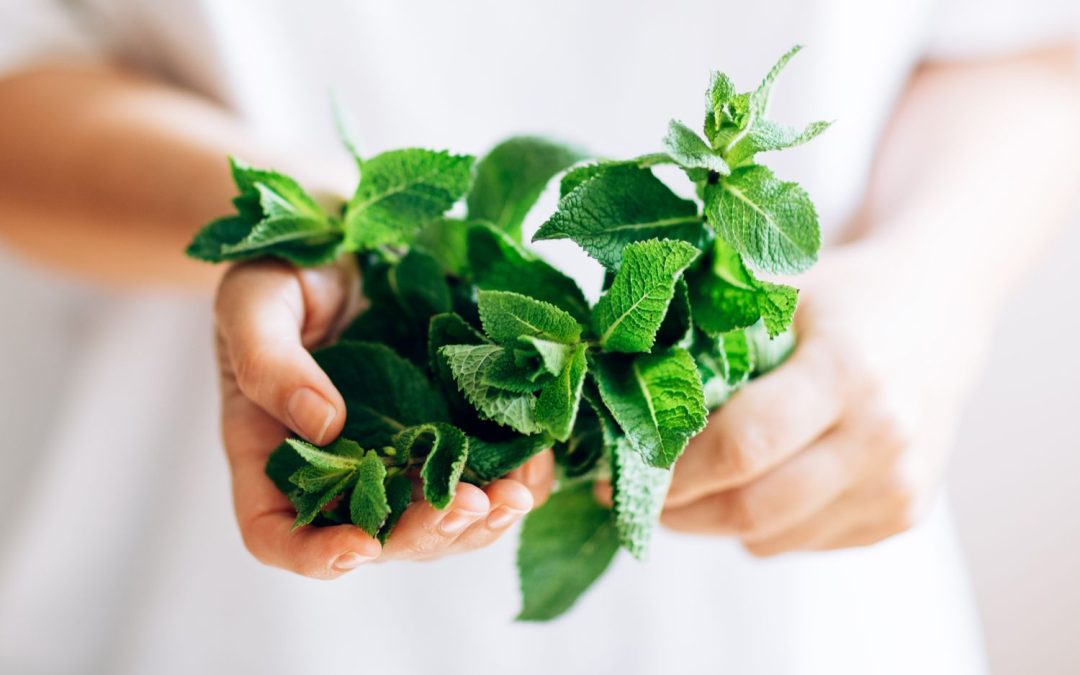Oman today_ Mint (Mentha) is a plant with creeping underground stems and four-sided aerial stems that reproduces naturally. Its leaves are oval and serrated, while its flowers range in color from red to purplish violet. This herb has held a special place in various cultures throughout history. In Greek mythology, it is said that “Minthe,” the lover of Hades, was transformed into mint, a story that gave the plant its name.
Historical Background
The ancient Greeks and Romans used mint to perfume spaces and dining tables. In Hebrew temples, mint was scattered on the ground so that its fragrance would spread while people walked. The Romans were the first to introduce mint to Britain, and later, English settlers brought it to America.
Medicinal Properties
In traditional medicine, mint, with its warm and dry temperament, is known as a tonic for the stomach, heart, and intestines, as well as an antidote and disinfectant. Its infusion is calming and effective against stomach cramps, hiccups, and urinary issues. Ointments or oils made from mint are used for headaches, menstrual pain, chest congestion, and nerve-related conditions such as sciatica. Combined with honey, it acts as an antidote for scorpion stings, and with oxymel (a mixture of honey and vinegar), it helps against bee stings. A light infusion relieves colic, while inhaling its oil reduces nasal congestion.
Key Compounds
Mint contains about 5% essential oil, including menthol, thymol, carvacrol, and p-cymene. It is also rich in vitamins A, C, and E, as well as minerals like magnesium and manganese. Additionally, it contains tannins and flavonoids with anti-inflammatory effects.
Dosage and Usage
Mint oil (2–3 drops) inhaled with steam helps relieve nasal congestion. As a solution, 2–3 drops in 10 milliliters of water can be applied for itching and skin inflammation. For massage, 5–10 drops mixed with 25 milliliters of carrier oil are recommended for headaches and muscle pain. An infusion made with 10–15 grams of dried leaves in boiling water is used for asthma, bronchitis, and colds.
Warnings and Precautions
Mint should be avoided during early pregnancy and should not be consumed orally by children under one year old. Patients with gallstones or hiatal hernia should use it only under medical supervision. It may also interact with medications such as nifedipine and felodipine.
Culinary and Hygienic Uses
In Iran and the Middle East, mint is commonly used in soups, stews, pickles, and oxymel, as well as a popular seasoning for kebabs, rice dishes, and dolmas. In India, it is an essential ingredient in chutneys and biryanis. The food industry uses mint in chewing gum and candies, while personal care products like toothpaste, soaps, and shampoos widely include it.
Additional Benefits
Chewing fresh or dried mint leaves helps eliminate bad breath and disinfects the mouth. A foot bath with mint relieves fatigue and reduces sweating, while placing mint in bags or socks helps eliminate unpleasant foot odors.

